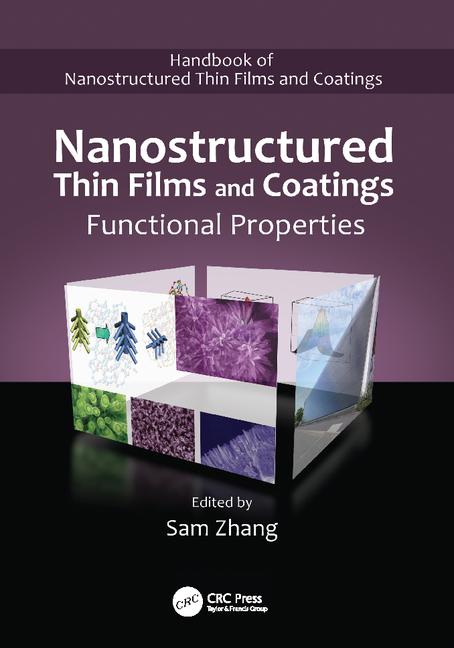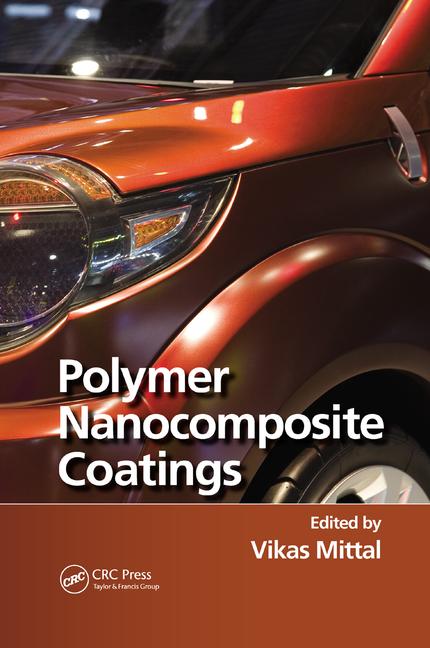PARSIPPANY, NJ – Sun Chemical has reinforced its commitment to the graphic arts and packaging markets by opening a new coatings lab in its Carlstadt, New Jersey, research and development facility.
The 11,000-square-foot investment features state-of-the-art equipment and analytical support for studying migration, adhesion, permeability and other performance-related coating phenomena. SEM microscopy, atomic force microscopy, IR surface mapping, sophisticated surface energy measurement and many other techniques are used extensively to advance the fundamental understanding of key coatings performance attributes.
A variety of equipment has been added to the new lab, including: gas transmission rate analyzers, glass bottle testing instrumentation, and coatings spraying equipment to develop new and improved water, solvent, and energy curable primers, inks, and coatings. A lab laminator will be added in 2017 to help study the interaction between ink, substrate, primers, overprint varnishes and laminating adhesives.
“The new Carlstadt coatings lab represents a major investment in our coatings business,” said Russell Schwartz, Chief Technology Officer, Sun Chemical. “This enhanced capability will help us expand our product range offerings into an evolving packaging market that includes laminating adhesives, glass decoration and printed electronics. The integration of coatings technology with ink, polymer and functional materials development within the same technical organization and facility transcends product lines and geographical barriers. It will also help expand Sun Chemical’s Advanced Materials portfolio into industrial coatings applications.”
The lab is the fourth of its kind worldwide, joining similar laboratories located in the UK and DIC R&D centers in Japan. Sun Chemical’s global reach and understanding of global regulations, good manufacturing practices and specific food packaging regulations, gives the company the capability to develop and test water, solvent, energy curable coatings, including primers, overprints and materials in order to provide enhanced functionality, such as barrier properties.






Report Abusive Comment